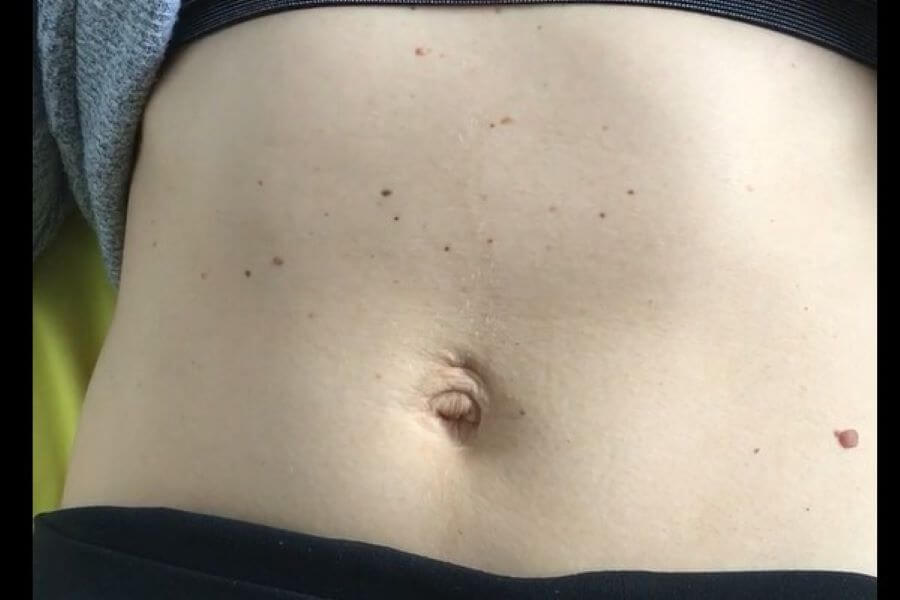Ask Lynn: Abdominal Activation After Birth
Ask Lynn: Abdominal Activation After Birth
Thank you to everyone who has reached out with questions. I encourage you to ask away as I want to make sure any content I share is clear, so you feel confident using it in your practice. Today, I will be answering the following question I received from a student from the Birth Healing Podcast on Lengthened Muscles:
“In regards to the Lengthened Muscles podcast, can you show how to do an end range contraction with upper and lower belly?”
Birth’s Impact on the Abdominal Muscles
The abdominal wall gets lengthened by pregnancy. There are 4 different muscles that make up the abdominal wall, from outer to inner is the rectus abdominis, the obliques, external and internal and then the transverse abdominis muscle (TA). If you look at the orientation of the fibers of the different abdominal muscles, you will see that the amount of lengthening is not always equal. This can affect the way the muscles recover after birth.
Since the oblique muscles run from side to front and front to back at an angle, the amount of stretch of that muscle is less than the amount of lengthening that happens for the transverse abdominis muscle running directly front to back. In a postpartum body, the ease of getting the obliques to fire is greater than trying to get the TA to contract after birth.
Oblique Dominance
Ideally, the oblique muscles help our trunks to twist, while the transverse abdominis primarily stabilizes our spine for the movement of our limbs. After birth, the transverse abdominis is usually overly lengthened and getting it to contract is often harder than getting the obliques to do contract. This causes a lot of people to become oblique dominant as they use the obliques to stabilize instead of the TA. You will notice an increased tone in their upper abdomen and more softness of the muscles in their lower belly.
In your postpartum clients it’s important for you to focus your client’s recovery in the lower belly. Getting the lower belly transverse abdominis to draw back, up and in, more than the upper belly is the goal. Now the transverse abdominis muscle does run from the pelvic bone to the ribcage so the drawing back and in happens throughout the muscle. The key here is to make sure the TA is activating more than the obliques which can cause the ribcage to either pull together or apart. When TA is activating more than the obliques the ribcage stays neutral and doesn’t move.
Activating the Abdominal Muscles
You can watch the belly button to see what is happening with your client’s abdominal contraction. When you see the upper belly contracting down you will tend to see the umbilicus moving downward along with the lower belly jutting outward. With a proper lower ab moving back, up, and in, you may see the umbilicus moving upward toward the head or remaining in place.
Here is a video demonstrating the different movements of the abdominal muscles during abdominal activation.
I am a fan of doing end range contractions of the abdominals after birth to help shorten the lengthened muscles. When doing these contractions, I make sure the lower belly is tightening just as much if not more than the upper part of the abdomen. I feel this helps the abdominal muscles to retrain in pulling back, up, and in as it should in the automaticity of the core as when laughing, coughing or sneezing.
Have a Question for Lynn?
Please reach out if you have any questions regarding the material you are learning. I am here to help support your learning journey. You can leave a question in the comments section below or post a question in our groups on Facebook or Instagram.
About the Author: Lynn Schulte is a Pelvic Health Therapist and the founder of the Institute for Birth Healing, a pelvic health continuing education organization that specializes in prenatal and postpartum care. For more information, go to https://instituteforbirthhealing.com

